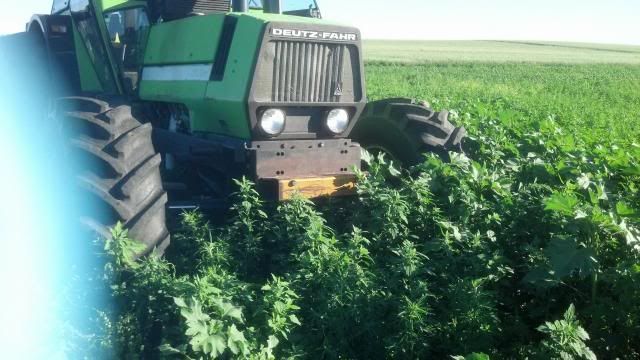UGUIDE
Active member
It seems insane to have to do mechanical weed control at about the same time as [pheasant chicks are hatching but that seems to be the deal year over year. Especially in CRP establishment years 1,2,3.
When occurred to me that I was probably killing more pheasants during nesting season than I was in the fall with a gun their might be some better options.
In effort to reduce herbicides and insecticides on the farm i went to mechanical weed control (mowing) as first best practice.
After seeing many new broods flush out from underneath the tractor before being detected and slamming on the brakes I figured it was well worth it and high time to get a flushing bar out in front of the tractor and mower before the next go round with the mower.
Plan is to get that on this week and then mount a video camera to the windshield to document how effective it is at doing its intended job. This video can be used by anyone to promote the use of this tool.
When occurred to me that I was probably killing more pheasants during nesting season than I was in the fall with a gun their might be some better options.
In effort to reduce herbicides and insecticides on the farm i went to mechanical weed control (mowing) as first best practice.
After seeing many new broods flush out from underneath the tractor before being detected and slamming on the brakes I figured it was well worth it and high time to get a flushing bar out in front of the tractor and mower before the next go round with the mower.
Plan is to get that on this week and then mount a video camera to the windshield to document how effective it is at doing its intended job. This video can be used by anyone to promote the use of this tool.

